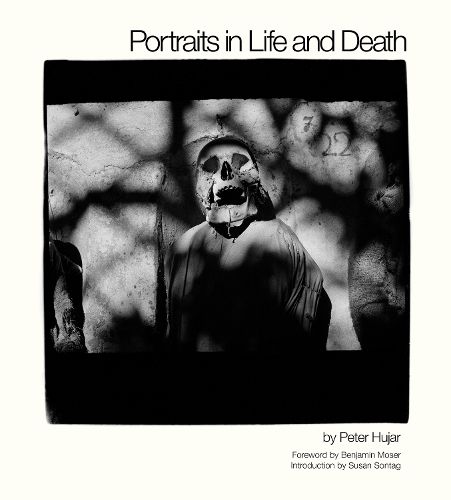Readings Newsletter
Become a Readings Member to make your shopping experience even easier.
Sign in or sign up for free!
You’re not far away from qualifying for FREE standard shipping within Australia
You’ve qualified for FREE standard shipping within Australia
The cart is loading…






The 1976 publication of Peter Hujar's Portraits in Life and Death, with an introduction by Susan Sontag, "was and remains one of the most somberly beautiful and influential photography collections of its era" (Holland Cotter, senior art critic of the New York Times). When Hujar passed away in 1987, his work was relatively unknown except for a small following. The importance and artistic mastery of Hujar's photography, its tender gravity and intimacy, became recognized and canonical only after his death. The republication of this collection is composed of the original introduction by Susan Sontag and preceded by a new foreword by Benjamin Moser, with photographs presented in two sequences. A stirring ode to the flourishing downtown scene of the 1970s, this collection remains a deeply moving artifact of post-Stonewall New York City.
$9.00 standard shipping within Australia
FREE standard shipping within Australia for orders over $100.00
Express & International shipping calculated at checkout
The 1976 publication of Peter Hujar's Portraits in Life and Death, with an introduction by Susan Sontag, "was and remains one of the most somberly beautiful and influential photography collections of its era" (Holland Cotter, senior art critic of the New York Times). When Hujar passed away in 1987, his work was relatively unknown except for a small following. The importance and artistic mastery of Hujar's photography, its tender gravity and intimacy, became recognized and canonical only after his death. The republication of this collection is composed of the original introduction by Susan Sontag and preceded by a new foreword by Benjamin Moser, with photographs presented in two sequences. A stirring ode to the flourishing downtown scene of the 1970s, this collection remains a deeply moving artifact of post-Stonewall New York City.